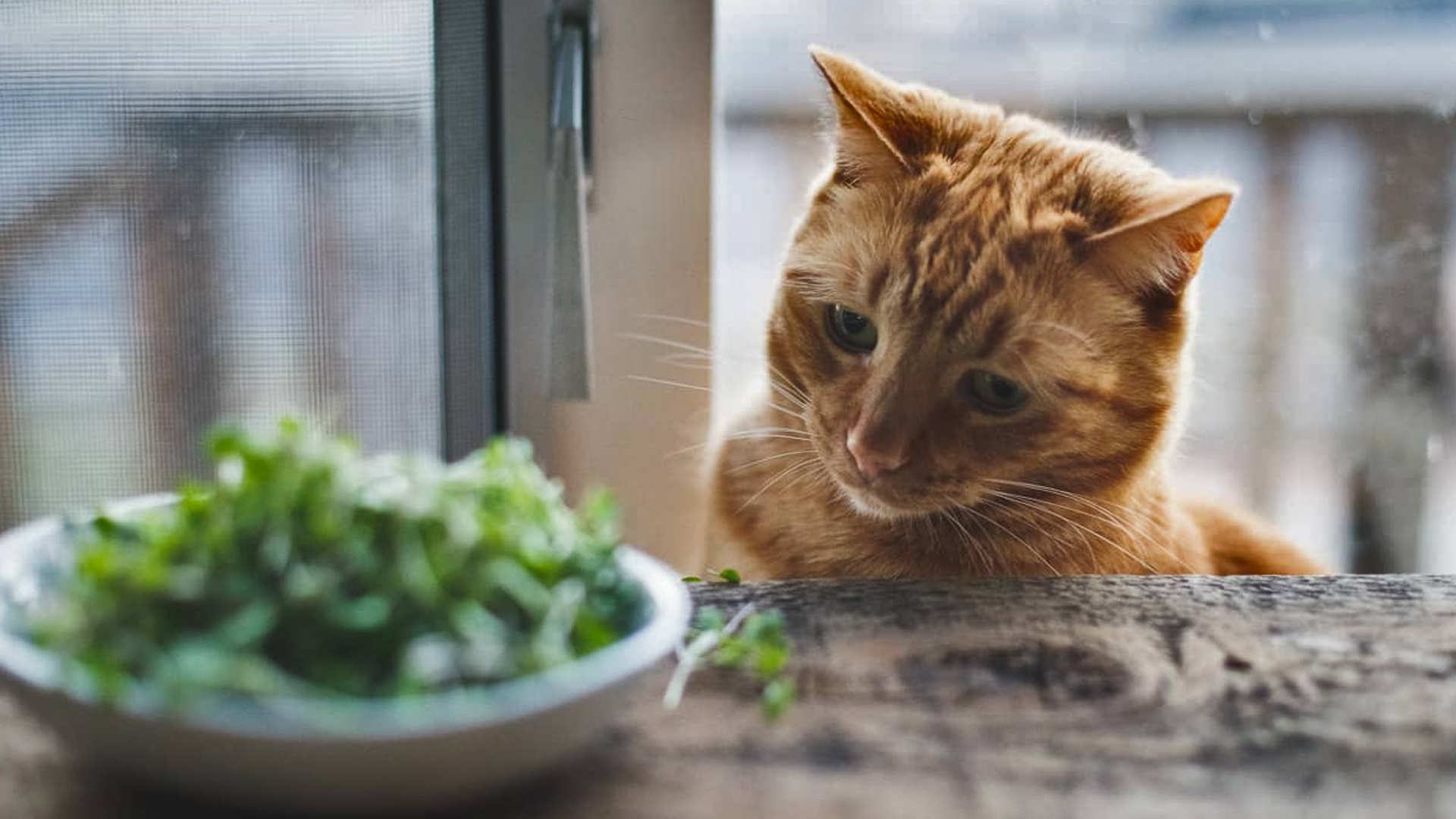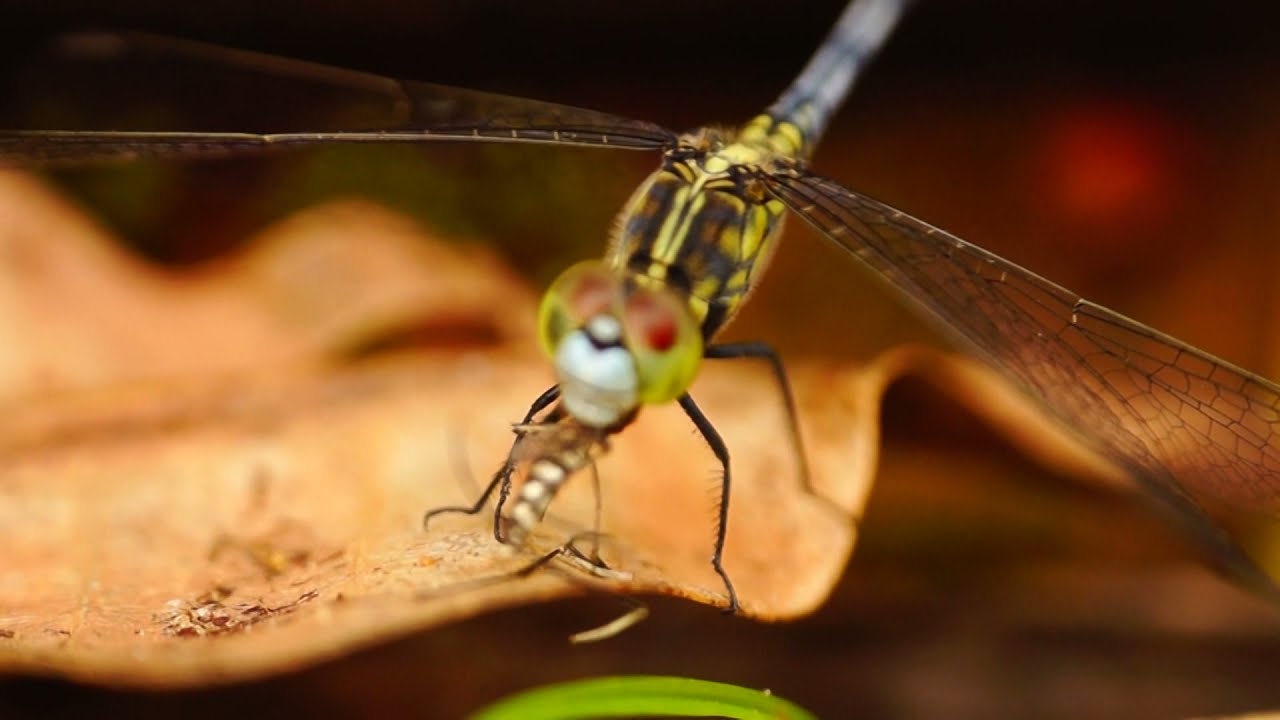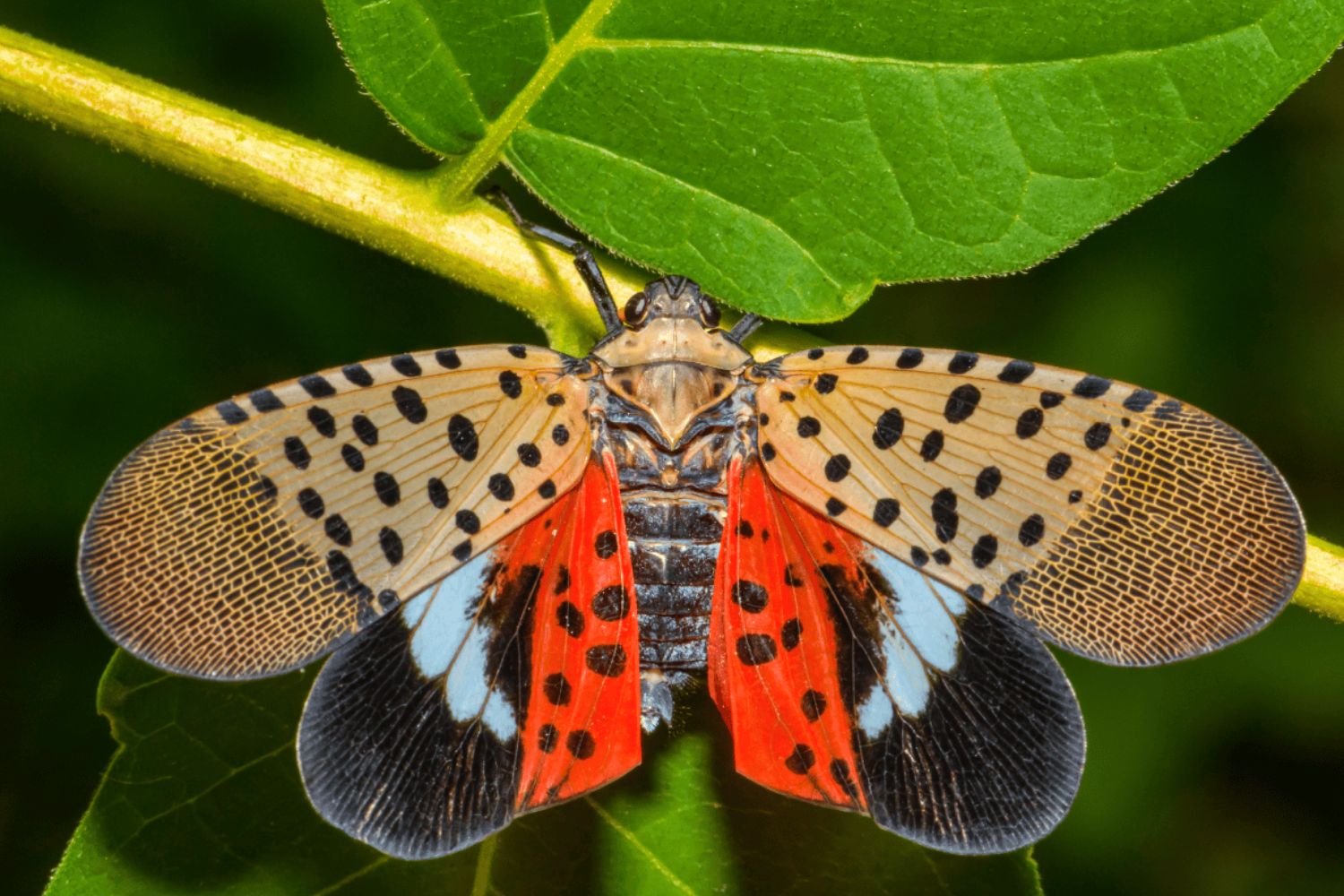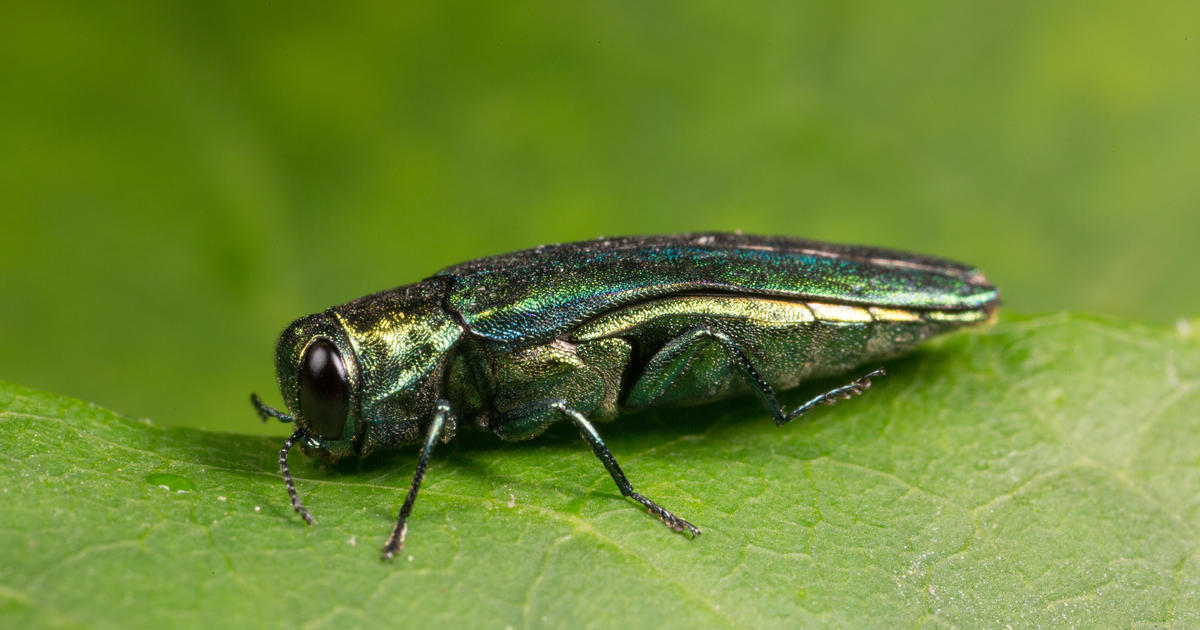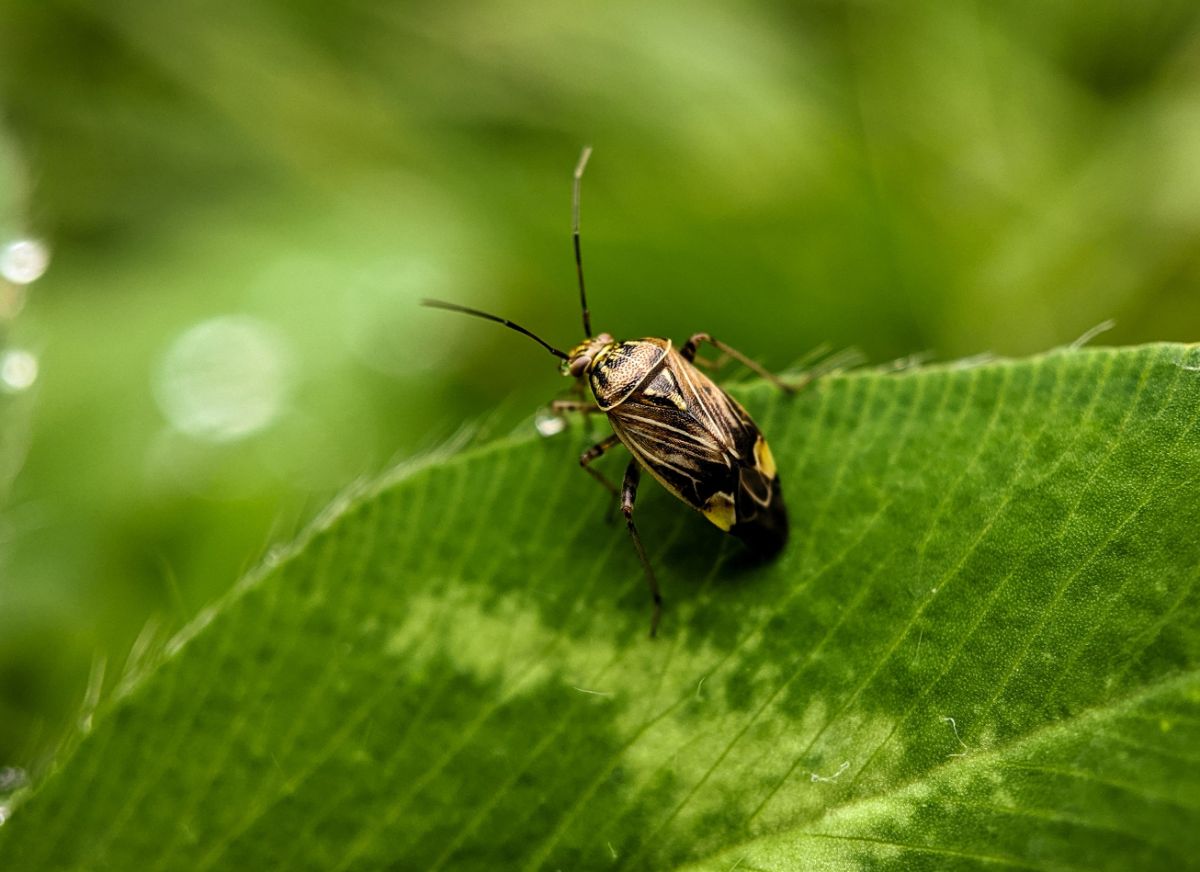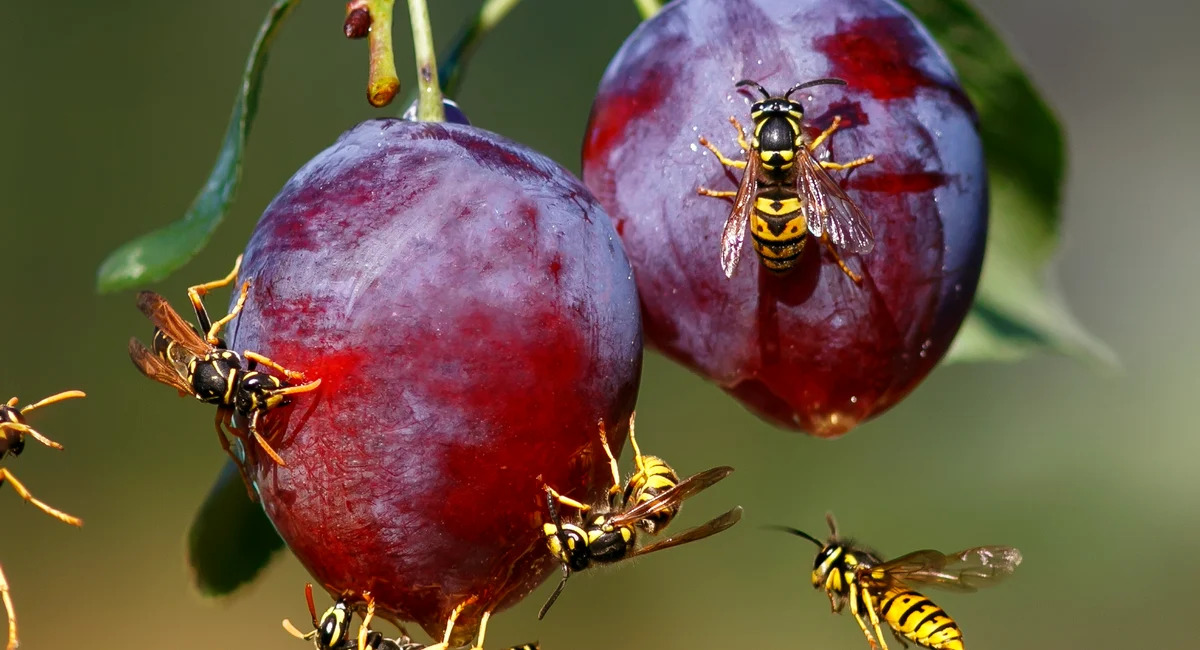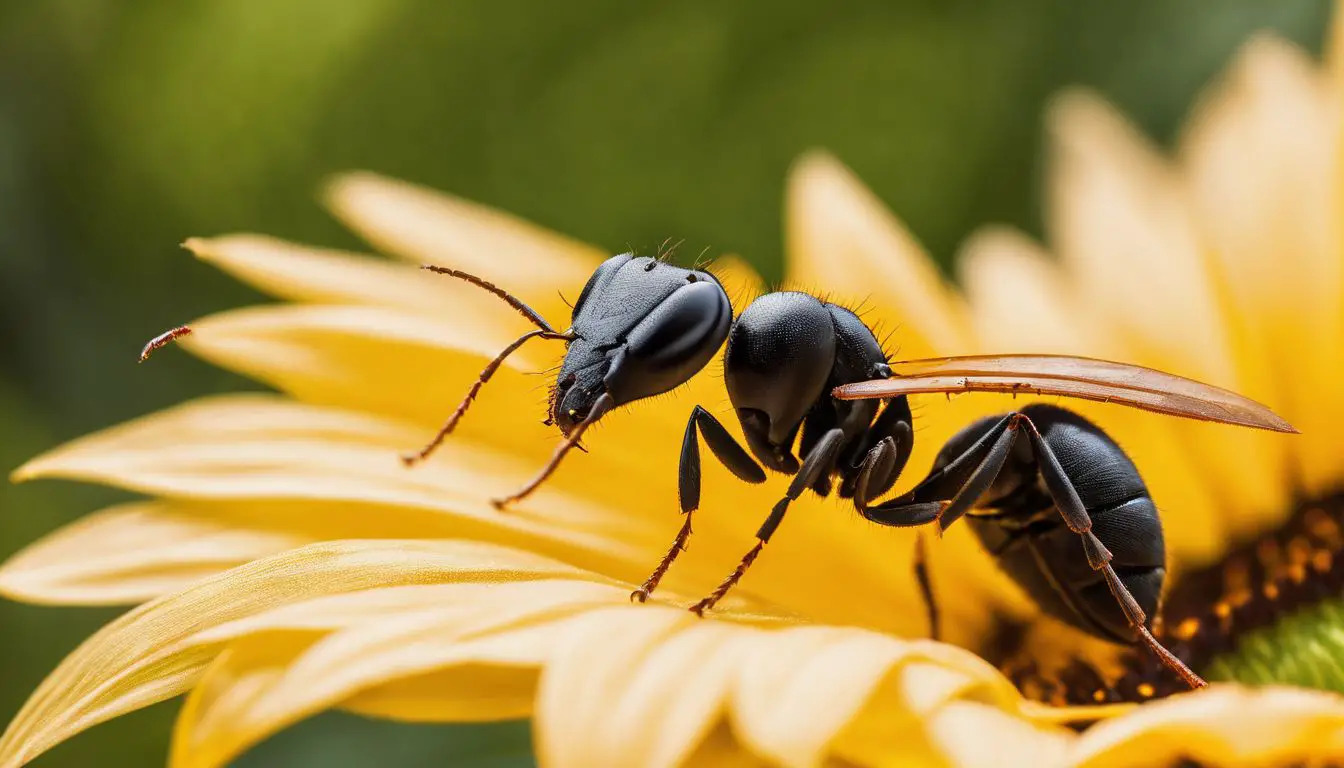Home>Gardening News and Trends>Latest News>What Insects Can Hamsters Eat


Latest News
What Insects Can Hamsters Eat
Published: December 2, 2023
Discover the Latest News on What Insects Can Hamsters Eat and Ensure the Health and Happiness of Your Furry Friends
(Many of the links in this article redirect to a specific reviewed product. Your purchase of these products through affiliate links helps to generate commission for Chicagolandgardening.com, at no extra cost. Learn more)
Table of Contents
Introduction
When it comes to providing a balanced and nutritious diet for your beloved hamster, offering a varied selection of foods is crucial. While a staple diet of pellets, fresh fruits, and vegetables is essential, it’s also beneficial to introduce some protein-rich treats into their diet. One such option that you may consider is insects.
Insects can be a valuable addition to a hamster’s diet, as they can provide essential nutrients and offer a source of enrichment and mental stimulation. However, it is important to exercise caution when including insects in your hamster’s meals, as not all insects are safe for them to consume.
In this article, we will explore the different types of insects that are suitable for hamsters to eat, the nutritional benefits they offer, and the precautions and guidelines that need to be taken into consideration when feeding insects to your furry friend. So, if you’re curious about what insects can hamsters eat, keep reading to find out!
Importance of a Balanced Diet for Hamsters
A balanced diet is crucial for the overall health and well-being of your hamster. Just like humans, hamsters require a variety of nutrients to thrive and live a happy life. A well-balanced diet helps to foster a strong immune system, healthy growth, and vibrant fur. It can also prevent nutritional deficiencies and related health issues.
Hamsters are omnivores, which means they can eat both plant-based and animal-based foods. While their primary diet consists of pellets, fresh fruits, and vegetables, it’s important to provide additional sources of protein to support their dietary needs. Protein is essential for maintaining muscle mass, promoting healthy tissue growth, and aiding in the proper functioning of the body.
This is where insects come into play. Insects are a natural source of protein and can serve as a healthy and tasty treat for your hamster. By including insects in their diet, you’re diversifying their food options and adding valuable nutrients to their meals.
Furthermore, a balanced diet not only nourishes your hamster physically but also contributes to their mental well-being. Offering a variety of textures and flavors keeps them engaged and prevents boredom. It stimulates their natural foraging behavior, providing an enriching experience that stimulates their cognitive abilities and prevents boredom-related behaviors.
However, it’s important to note that while insects can be a beneficial part of a hamster’s diet, they should never be the sole source of nutrition. They should be considered as occasional treats or supplements rather than a primary food source. Providing a balanced diet that includes a variety of foods is essential to meet all of your hamster’s nutritional requirements.
Types of Insects Suitable for Hamsters
Not all insects are suitable for hamsters to eat, as some may be toxic or pose a choking hazard. It’s important to know which insects are safe and beneficial for your furry friend. Here are some types of insects that are suitable for hamsters:
- Crickets: Crickets are a popular choice for feeding hamsters. They are rich in protein and offer a crunchy texture that hamsters enjoy. Crickets can be purchased from pet stores or bred at home for a more sustainable option.
- Mealworms: Mealworms are another great source of protein for hamsters. They are readily available in pet stores and are easily digestible. However, it’s important to feed them in moderation as they are high in fat.
- Waxworms: Waxworms are high in fat and can serve as a calorie-dense treat for hamsters. They are soft and easy to chew, making them suitable for younger or elderly hamsters with dental issues.
- Locusts: Locusts are low in fat and high in protein, making them a nutritious option for hamsters. They provide a good balance of essential nutrients and can be fed as an occasional treat.
- Silkworms: Silkworms are rich in protein and contain essential amino acids that support your hamster’s overall health. They have a soft texture, making them suitable for hamsters of all ages.
It’s important to note that while feeding insects to your hamster, it’s preferable to choose live or freeze-dried options rather than fried or seasoned ones. Live insects provide a more natural experience for your hamster, allowing them to exhibit their natural foraging behavior.
Before introducing any new type of insect into your hamster’s diet, it’s advisable to research and consult with a veterinarian to ensure it’s safe and appropriate for your specific hamster’s needs.
Nutritional Benefits of Insects for Hamsters
Insects offer a range of nutritional benefits for hamsters, making them a valuable addition to their diet. Here are some of the key nutritional benefits of feeding insects to your furry friend:
Protein: Insects are an excellent source of high-quality protein for hamsters. Protein is important for muscle development, tissue repair, and overall growth. Including insects in their diet ensures they have access to the essential amino acids needed for optimal health.
Healthy Fats: Certain insects like mealworms and waxworms contain healthy fats that provide a good balance of Omega-3 and Omega-6 fatty acids. These fats contribute to a healthy coat, skin, and overall well-being.
Vitamins and Minerals: Insects are rich in vitamins and minerals that are essential for hamsters. They contain vitamins such as Vitamin A, Vitamin B12, Vitamin E, and minerals like calcium, potassium, and iron. These nutrients support various bodily functions and help to maintain a strong immune system.
Enzymes: Insects contain enzymes that aid in digestion. They help break down the food and improve nutrient absorption in the hamster’s digestive system, leading to better overall digestion and nutrient utilization.
Overall, incorporating insects into your hamster’s diet can help provide a well-rounded nutritional profile. However, it’s essential to remember that insects should be offered in moderation and as a supplement to their staple diet. They should not replace the main diet, which should consist of quality pellets, fresh fruits, vegetables, and clean water.
As with any dietary changes, it’s always recommended to consult with a veterinarian before adding new foods to your hamster’s diet. They can provide guidance and ensure that your hamster’s nutritional needs are being met.
Precautions and Guidelines for Feeding Insects to Hamsters
While insects can be a beneficial addition to a hamster’s diet, it’s important to take precautions and follow certain guidelines to ensure the safety and well-being of your furry friend. Here are some precautions and guidelines to keep in mind when feeding insects to hamsters:
- Ensure Insect Safety: Only feed your hamster insects that are safe for them to consume. Avoid insects that are toxic or potentially harmful, such as fireflies, ants, or spiders. Stick to insects that are known to be safe for hamsters, such as crickets, mealworms, waxworms, locusts, and silkworms.
- Choose Quality Insects: Select high-quality insects from reputable sources. If you’re buying live insects, choose ones that are healthy and free from any signs of illness or disease. If you opt for freeze-dried insects, check for any signs of spoilage or damage before feeding them to your hamster.
- Feed in Moderation: Insects should be fed as a treat or supplement, not as the main component of your hamster’s diet. Offer insects in moderation, typically a couple of times per week, to avoid overfeeding and potential digestive issues.
- Proper Storage: If you’re keeping live insects at home, ensure they are stored in a suitable container with proper ventilation. Additionally, follow the storage instructions provided for freeze-dried insects to maintain their freshness and nutritional integrity.
- Monitor for Allergies or Negative Reactions: Keep an eye on your hamster after introducing insects to their diet. Watch for any signs of allergies or negative reactions, such as excessive itching, changes in behavior, or digestive upset. If you notice any concerns, discontinue feeding insects and consult with a veterinarian.
It’s important to remember that every hamster is unique, and their dietary needs may vary. Therefore, it’s always a good idea to consult with a veterinarian before making any significant changes to your hamster’s diet. They can provide tailored advice based on your hamster’s specific health conditions and requirements.
By following these precautions and guidelines, you can safely introduce insects into your hamster’s diet and enhance their nutritional variety and overall well-being.
List of Insects Safe for Hamsters to Eat
When it comes to feeding insects to your hamster, it’s important to choose options that are safe and beneficial for their health. Here is a list of insects that are generally safe for hamsters to eat:
- Crickets: Crickets are a popular choice for hamsters. They provide a good source of protein and are readily available in pet stores.
- Mealworms: Mealworms are another common and nutritious insect option for hamsters. They are high in protein and can be found in pet stores or purchased online.
- Waxworms: Waxworms are high in fat and can be served as a tasty treat for hamsters. They are soft and easy to chew, making them suitable for hamsters of all ages.
- Locusts: Locusts are low in fat and provide a good balance of protein for hamsters. They can be beneficial for those seeking a different insect variation in their hamster’s diet.
- Silkworms: Silkworms are soft and nutrient-rich insects that are safe for hamsters to eat. They are a great source of protein and supply essential amino acids.
It’s important to note that while these insects are generally safe for hamsters, each hamster may have different dietary needs and preferences. Some hamsters may be more receptive to certain insects while others may not show interest. It’s always advisable to introduce new insects slowly and monitor your hamster’s reaction to ensure they can tolerate and digest them well.
Additionally, it’s important to source these insects from reputable suppliers to ensure they are safe, healthy, and free from any potential contaminants or pesticides. Avoid collecting insects from the wild as they may carry parasites or toxins that could harm your hamster.
Remember to feed insects to your hamster in moderation. They should be offered as occasional treats or supplements to their regular diet, which should primarily consist of quality pellets, fresh fruits, vegetables, and clean water.
If you have any doubts or concerns about which insects are safe for your specific hamster, consult with a veterinarian who can provide personalized advice based on your hamster’s unique requirements and health conditions.
Conclusion
Feeding insects to your hamster can be a beneficial and enjoyable addition to their diet. Insects provide a source of protein, healthy fats, vitamins, and minerals that contribute to their overall health and well-being. They also offer mental stimulation and enrichment through natural foraging behaviors.
However, it’s important to exercise caution and follow guidelines when incorporating insects into your hamster’s diet. Choose safe and nutritious options such as crickets, mealworms, waxworms, locusts, or silkworms. Feed them in moderation and as treats or supplements, rather than the main component of their diet.
Ensure that the insects you provide are of high quality, sourced from reputable suppliers, and free from any potential contaminants. Monitor your hamster for any allergic reactions or negative effects when introducing new insects to their diet, and consult with a veterinarian if necessary.
Remember that a balanced diet for your hamster should include a variety of foods, including pellets, fresh fruits, vegetables, and clean water. Insects should serve as occasional enhancements to their meals, supporting their nutritional needs, and providing sensory and cognitive stimulation.
By following these precautions and guidelines, you can safely and responsibly incorporate insects into your hamster’s diet, promoting their overall health and happiness.

